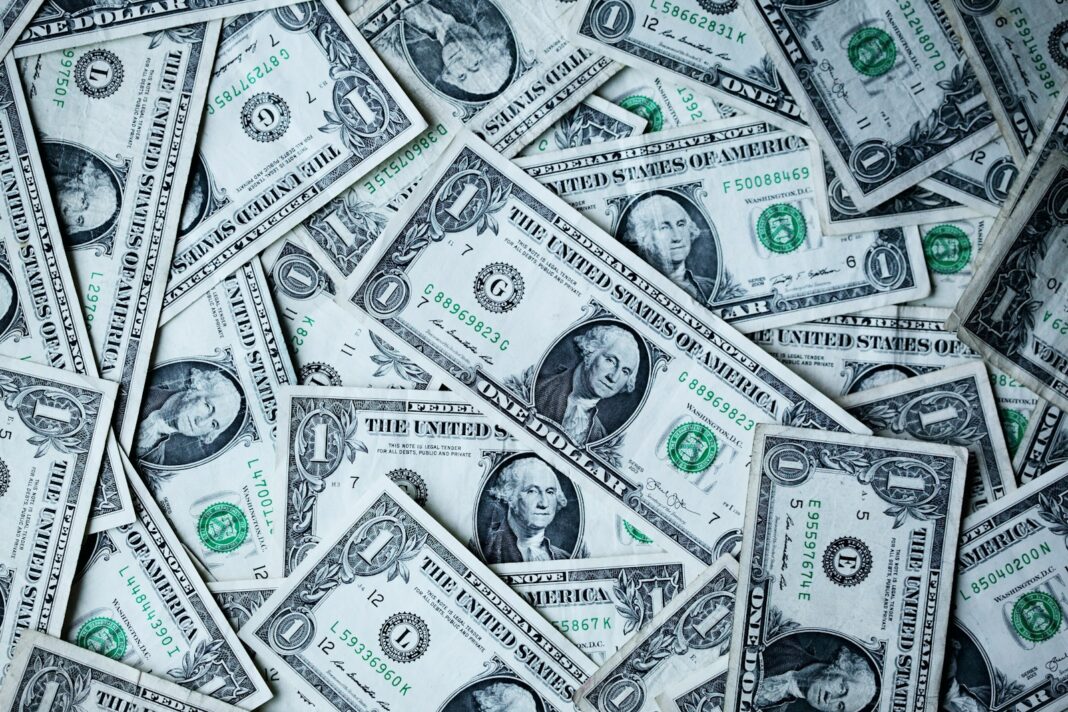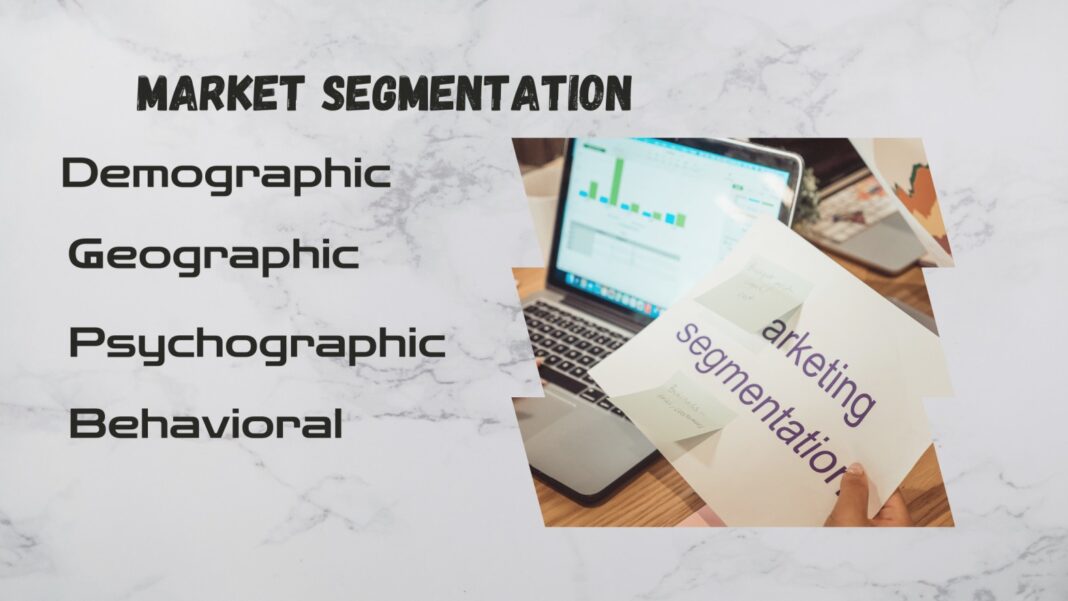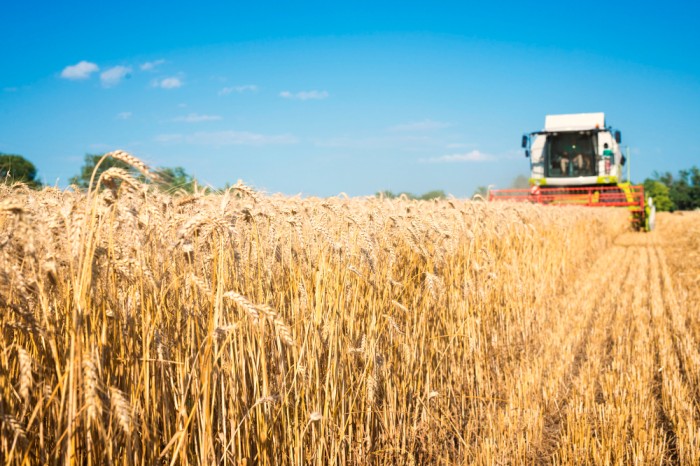1. Introduction: The Strange Power of Paper
“Isn’t it odd that we can hand over a small piece of paper and walk away with groceries, gadgets, or even a car?”
Money may seem simple today, but behind its use is a fascinating story of trust, systems, and evolution. In this article, we’ll explore why money became the universal medium of exchange, how society agreed to give value to something as common as paper, and what really gives money its power.
2. Life Before Money: The Barter System
“Before money existed, people relied on trading goods directly—a system called barter.”
- Barter meant trading goods or services (e.g., wheat for shoes)
- It worked well in small communities but had major flaws
- Problems like “double coincidence of wants” (you must want what the other person has)
3. Why Barter Failed and Money Emerged
Starting sentence:
“As societies grew, so did the problems with the barter system—and money became the solution.”
- Difficulty in measuring value between items
- Challenges in storing perishable goods
- Need for a common, durable, portable, and divisible medium
4. The Evolution of Money: From Cows to Coins to Paper
“Money didn’t start as paper—it evolved over thousands of years, taking many shapes along the way.”
- Early money: cattle, salt, shells, and gold
- Coinage in ancient civilizations
- Introduction of paper money in China around the 7th century
5. What Makes Money Valuable?
“A dollar bill has no value on its own—it’s the belief in its worth that gives it power.”
- Trust in the issuing authority (government/central bank)
- Backing (historically gold, now fiat money)
- Legal tender status and acceptance by society
Comparison Table: Barter vs. Modern Money
| Feature | Barter System | Money System |
|---|---|---|
| Portability | Low | High |
| Divisibility | Difficult | Easy |
| Value Measurement | Subjective | Standardized |
| Storage of Value | Perishable goods | Durable over time |
| Convenience | Requires double coincidence | Universally accepted |
6. The Trust Factor: Why We Believe in Money
“The real power behind money isn’t in ink or metal—it’s in collective belief.”
- Money is a social contract
- Central banks create and regulate money
- If trust collapses (hyperinflation, economic crises), money loses its value
7. The Role of Central Banks and Governments
“Governments and central banks act as gatekeepers of modern monetary systems.”
- Issuing and controlling currency
- Managing inflation and interest rates
- Maintaining the economic system’s trust and stability
8. Paper, Plastic, and Digital: Modern Forms of Money
“Today, money comes in many forms—some of which you can’t even hold in your hand.”
- Paper money (banknotes)
- Credit/debit cards and digital wallets
- Cryptocurrencies and digital currencies by central banks
9. How Digital Money Compares
Comparison Table: Paper Money vs. Digital Money
| Feature | Paper Money | Digital Money |
|---|---|---|
| Physical Form | Yes | No |
| Traceability | Low | High |
| Transfer Speed | Slower (in-person) | Instant |
| Risk of Theft | Higher | Depends on cyber security |
| Storage | Wallet | Bank app / digital wallet |
10. Why We Still Use Paper Money Today
“Despite the digital age, many people still trust and rely on cold, hard cash.”
- Tangibility creates psychological comfort
- Useful in areas without digital infrastructure
- No transaction fees
11. When Money Becomes Meaningless: A Warning from History
“Throughout history, money has lost its value overnight when trust was broken.”
- Hyperinflation in Zimbabwe and Weimar Germany
- Lessons in maintaining economic trust
- Role of inflation control and monetary policies
12. How Kids and Adults Learn to Value Money
“From childhood, we’re taught that money has value—but rarely do we question why.”
- Cultural reinforcement
- School and family teaching systems
- Money as a symbol of time, effort, and trust
13. Final Thoughts: Beyond the Paper
“In the end, money is more than a piece of paper—it’s a symbol of shared belief, backed by systems we all agree to trust.”
Money remains one of the greatest inventions of human civilization. It simplifies trade, promotes economies, and allows societies to grow—but its real strength lies not in its material, but in the shared trust behind it. Whether it’s a $10 bill or a number on a screen, money works because we all agree it does.
FAQs: Understanding Money as a Medium of Exchange
Q1: Why is paper money valuable if it has no intrinsic worth?
Because society agrees to trust it, and it’s backed by a government or institution as legal tender.
Q2: What would happen if people stopped trusting money?
The economy could collapse—trust is the foundation of all money systems.
Q3: Is digital money better than physical money?
It depends. Digital money is faster and more secure, but paper money is still vital in low-tech environments.
Q4: Can we go back to the barter system?
Technically yes, but it would be inefficient and impractical in modern economies.
Q5: How do central banks control the value of money?
Through monetary policies, interest rates, and controlling money supply to avoid inflation or deflation.



